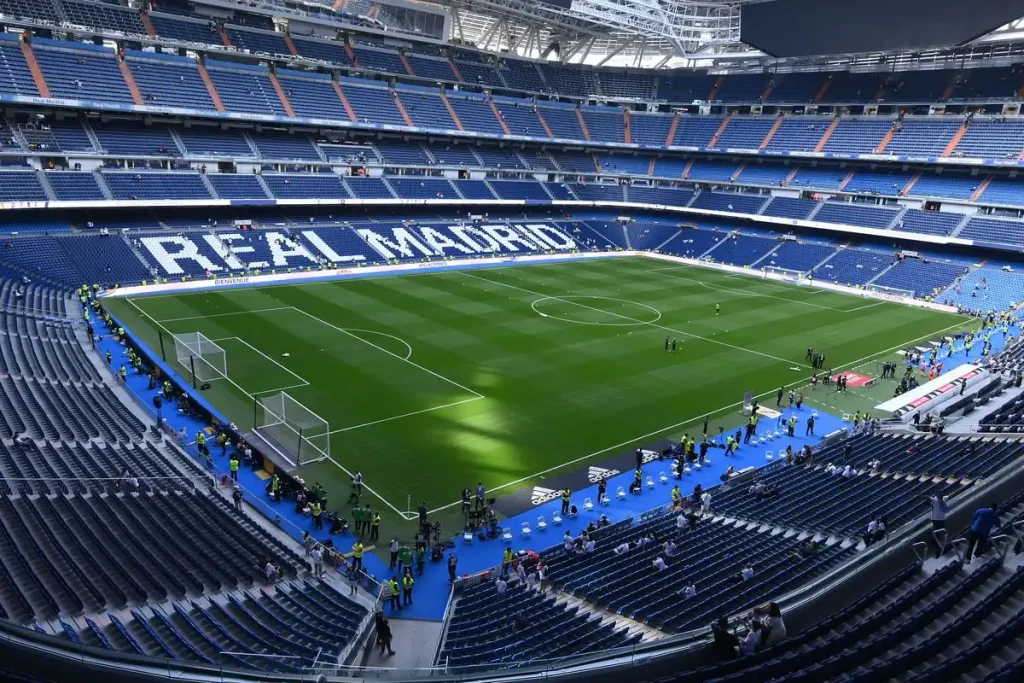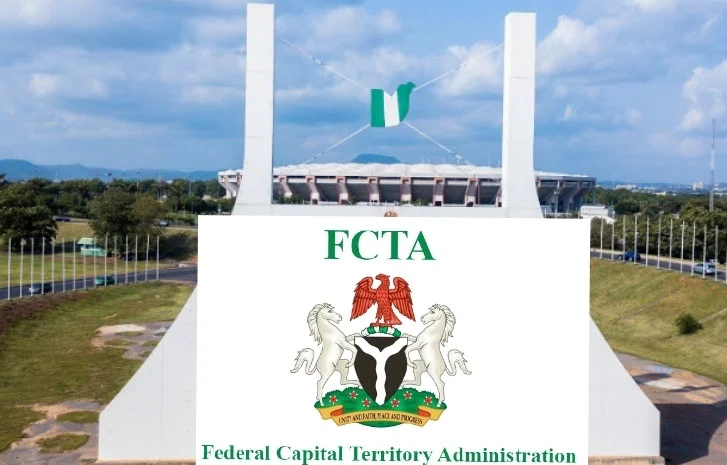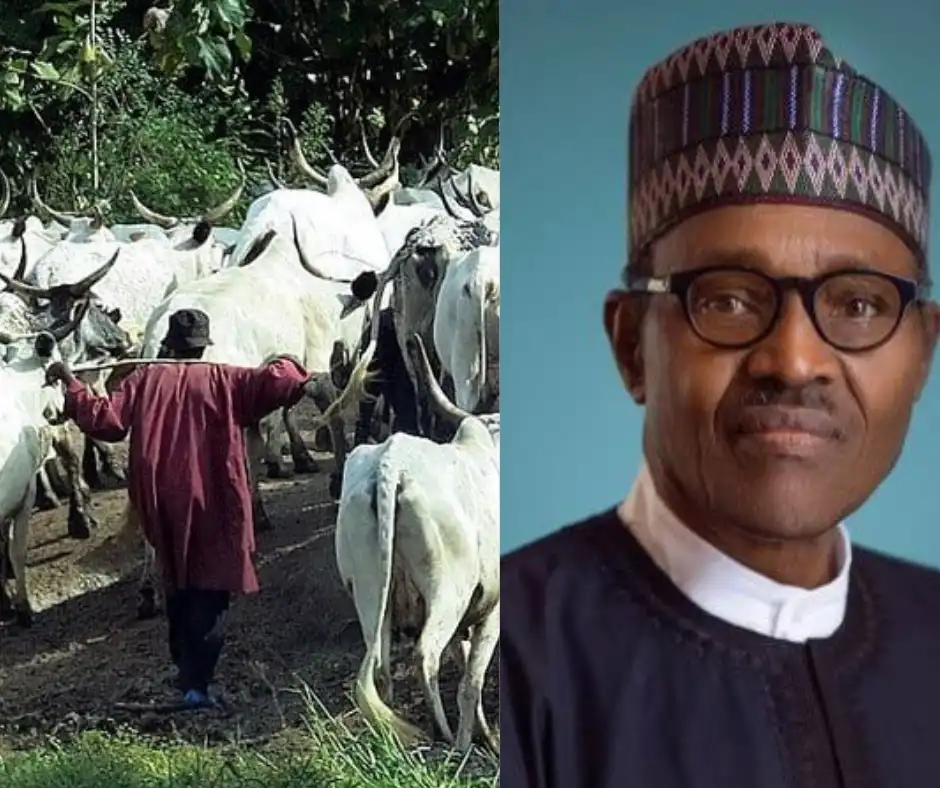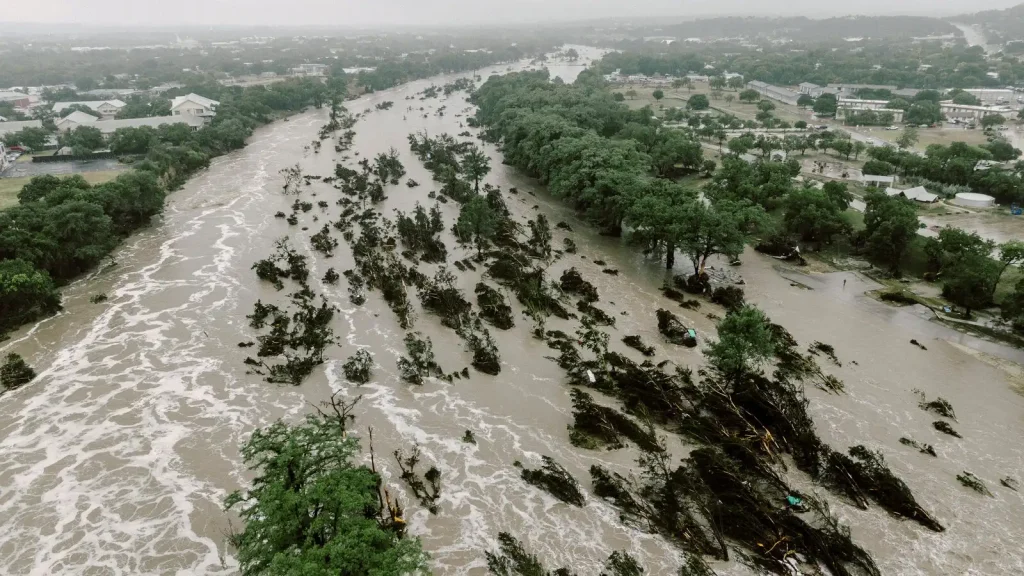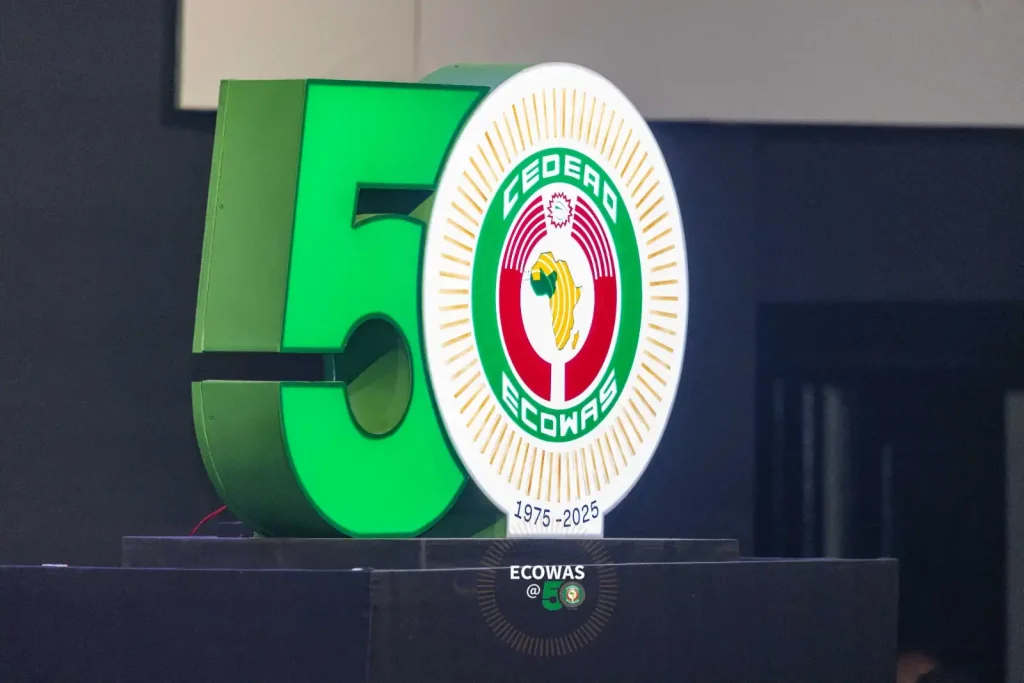On July 24, 2025, a $4.2 billion initiative was announced by Morocco to enhance its airports in preparation for co-hosting the 2030 FIFA World Cup with Spain and Portugal and as a result, the nation plans to increase its airport capacity from 38 million to 80 million passengers annually by 2030.
Consequently, this ambitious project is expected to support both the global event and Morocco’s thriving tourism industry.
Aiming for Greater Capacity
The airport upgrades are intended to accommodate a surge in visitors for the World Cup while strengthening Morocco’s tourism sector.
In 2024, over 17.4 million tourists were recorded, reflecting a 20% rise from the previous year. Therefore, a goal has been set to attract 26 million visitors by 2030. To achieve this, substantial investments are being made to modernize key airports across the country.
Upgrading Mohammed V Airport
The primary focus is Casablanca’s Mohammed V International Airport, where a new terminal and runway are being built at an estimated cost of $2.5 billion. Accordingly, the airport’s capacity is projected to triple, from 10.5 million to 35 million passengers per year by 2029.
Additionally, integration with Morocco’s high-speed rail network, linking Casablanca, Rabat, and Marrakech, is planned to improve traveler access. Meanwhile, initial construction contracts worth $29 million have been awarded to a local firm, Société de Travaux Agricoles Marocaine.
Enhancing Airports Nationwide
Beyond Casablanca, improvements are being implemented at airports in Marrakech, Agadir, Tangier, Fez, Rabat, and Tétouan. For example, Rabat-Salé Airport’s capacity will be expanded to 4 million passengers, Fez to 5 million, and Sania Ramel near Tétouan to 2 million.
Moreover, the “Airports 2030” strategy includes advanced features like biometric passport systems and electronic gates. As a result, passenger processing times are expected to drop below 25 minutes, reducing delays and enhancing efficiency.
Driving Tourism and Economic Impact
This investment extends beyond the World Cup, as Morocco’s aviation infrastructure is being positioned to serve as a major African transit hub. For instance, Royal Air Maroc’s plan to double its fleet by 2030 is supported by these upgrades.
Furthermore, related projects, such as the new 115,000-seat Grand Stade Hassan II and expanded highways, are being developed to meet the tournament’s demands. Consequently, these efforts are set to boost Morocco’s economy and global tourism appeal.
Celebrating a Historic World Cup
The 2030 FIFA World Cup, marking its 100th anniversary, will be hosted across three continents, with Spain, Portugal, and Morocco leading the effort.
Meanwhile, commemorative matches are scheduled in Argentina, Paraguay, and Uruguay to honor the tournament’s 1930 roots. Therefore, this global approach underscores FIFA’s vision for inclusivity, despite the challenges of a 64-team format.
As Morocco’s airports are transformed, the country is emerging as a key player in African travel and tourism. Follow these developments as the 2030 World Cup draws closer.
More News: Sierra LeoneAwaits Seismic Survey Results for 2025 Offshore Oil and Licensing

